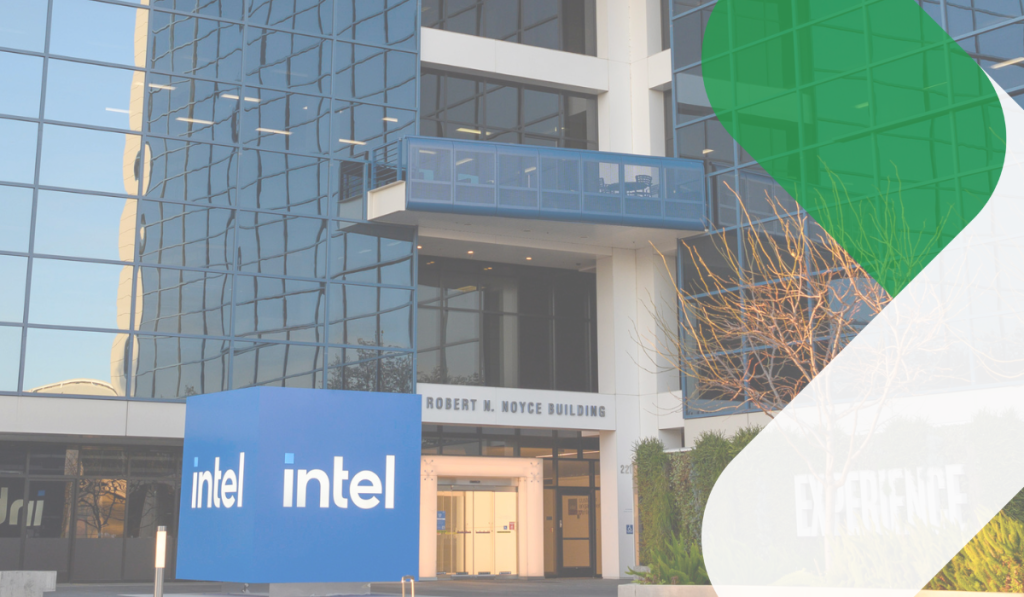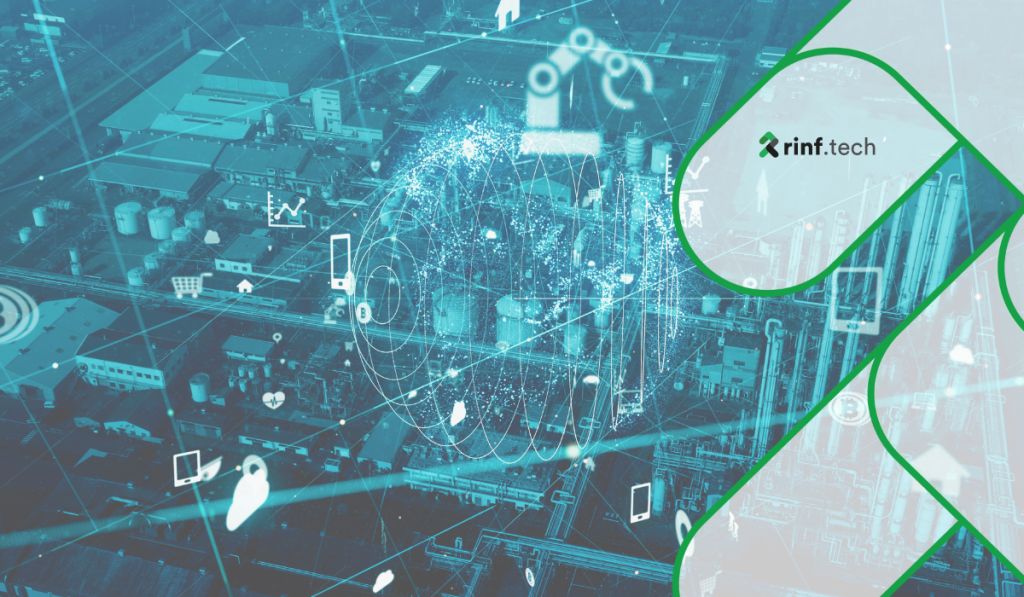As industries continue to embrace digital transformation, IIoT remains at the forefront of this transition. In 2024, several key trends are expected to drive significant advancements in IIoT, enhancing efficiency, productivity, and sustainability across sectors.
Evolution of Edge Computing
Edge computing is rapidly becoming a staple of IIoT systems. This technology involves processing data closer to the generation source, such as sensors and devices, rather than relying only on centralized cloud servers. By doing so, edge computing significantly reduces latency, enabling real-time data processing and decision-making essential for industrial applications. The role of edge computing in IIoT is pivotal as it enhances operational efficiency, minimizes bandwidth usage by filtering out unnecessary data before sending it to the cloud, and ensures higher reliability and availability of industrial systems.
The benefits of edge computing in IIoT applications are diverse. One of the primary advantages is the reduction in latency, which is crucial for time-sensitive industrial operations. For instance, processing data on-site in manufacturing allows for immediate adjustments to machinery and processes, preventing defects and minimizing downtime.
Additionally, edge computing contributes to bandwidth efficiency by handling data locally, which reduces the amount of data transmitted to centralized data centers. This not only lowers costs associated with data transfer but also ensures that critical information is available for real-time analytics and decision-making, enhancing overall productivity and responsiveness.
Moreover, the evolution of edge computing is enabling new use cases and innovations within the IIoT landscape. One such innovation is the concept of micro data centers, small-scale facilities located at the edge of the network, which provide localized processing and storage capabilities. These micro data centers can support advanced applications such as augmented reality (AR) and virtual reality (VR) for training and maintenance and autonomous robotics in smart factories. Additionally, edge computing facilitates efficient energy management by allowing localized analysis and control, reducing energy consumption, and improving sustainability efforts. As edge computing evolves, it will unlock further potential for IIoT applications, driving industrial transformation and competitiveness.
AI and ML Integration
Integrating AI and ML with IIoT creates a synergistic relationship that transforms industrial operations. AI and ML algorithms can analyze vast amounts of data generated by IIoT devices to uncover patterns, predict outcomes, and automate processes. This integration is crucial for enabling smart manufacturing and intelligent maintenance systems, where machines can learn from data and improve their performance over time.
AI and ML are driving significant advancements in IIoT through features such as predictive maintenance, anomaly detection, and autonomous decision-making. Predictive maintenance uses AI algorithms to analyze sensor data to predict equipment failures before they occur, thus reducing downtime and maintenance costs. Anomaly detection leverages ML to identify irregularities in data patterns that may indicate potential issues, enabling proactive intervention.
Moreover, autonomous decision-making allows systems to make real-time adjustments without human intervention, optimizing processes and improving efficiency. These AI-driven capabilities revolutionize industrial operations by enhancing productivity, reducing costs, and ensuring excellent reliability and safety.
Enhanced Security Measures
Security concerns are becoming increasingly paramount as the IIoT landscape continues to expand. The expansion of connected devices in industrial environments creates multiple entry points for cyber threats, requiring robust cybersecurity measures. Ensuring the security of IIoT systems is critical to protecting sensitive data, maintaining operational integrity, and preventing disruptions caused by malicious attacks.
The focus on robust cybersecurity practices in IIoT involves implementing advanced encryption techniques to secure data transmission and storage. Secure onboarding processes are also essential to verify the identity of devices and ensure they are not compromised before integrating them into the network. Continuous monitoring and threat detection are vital to identify and respond to potential vulnerabilities promptly.
By prioritizing these security measures, industries can safeguard their IIoT ecosystems against a wide range of cyber threats, ensuring the reliability and resilience of their operations.
Advancements in Sensor Technology and 5G Integration
The advancement of sensor technology and the integration of 5G networks are driving significant innovations in IIoT. Modern sensors are becoming more complex and capable of capturing a wide range of data with greater accuracy and precision. These advancements enable more comprehensive monitoring and control of industrial processes. The deployment of 5G networks, with their high speed, low latency, and massive connectivity, further enhances the capabilities of IIoT systems. 5G provides the necessary infrastructure to support many devices and ensures real-time communication and data transfer, facilitating seamless industrial automation and intelligent operations.
The integration of 5G also supports the growth of smart factories and autonomous systems. High-speed, reliable connectivity ensures that robots and automated systems can coordinate, enhancing productivity and reducing the risk of errors. Additionally, the increased bandwidth and low latency of 5G facilitate the deployment of AR and VR applications for training, maintenance, and design, providing immersive and interactive experiences that enhance worker capabilities and safety.
As sensor technology and 5G networks evolve, they will drive further innovation and efficiency in industrial operations, paving the way for a more connected and intelligent IIoT landscape.
Rise of Digital Twins
The concept of digital twins and virtual simulations is gaining traction in the IIoT domain. Digital twins are virtual replicas of physical assets or systems that provide real-time data insights and predictive analytics. By creating a digital counterpart of an industrial process, companies can simulate various scenarios, optimize operations, and predict potential issues before they occur. This technology allows for more informed decision-making, improved performance, and reduced operational risks. Virtual simulations enable industries to experiment with different strategies and configurations in a risk-free environment, leading to better process optimization and innovation.
Furthermore, digital twins and virtual simulations are revolutionizing how industries approach maintenance and lifecycle management. By continuously monitoring the digital twin of a machine or system, companies can gain real-time insights into its health and performance. This enables predictive maintenance strategies where potential failures are identified and addressed before they result in costly downtime. Additionally, digital twins can be used to virtually test upgrades and modifications, ensuring that changes will lead to desired outcomes without disrupting operations.
Another significant advantage of digital twins is their ability to enhance collaboration across different teams and stakeholders. Engineers, operators, and decision-makers can access a shared virtual model to analyze data, discuss potential improvements, and make collaborative decisions. This shared understanding reduces miscommunication and ensures everyone is aligned on the operational goals and strategies. Moreover, as digital twins integrate with other advanced technologies like AI and machine learning, they become even more powerful, providing deeper insights and enabling more sophisticated simulations. As the adoption of digital twins and virtual simulations continues to grow, industries will achieve higher levels of efficiency, innovation, and resilience in their operations.
IIoT for Sustainability Initiatives
Applying IIoT also plays a crucial role in promoting sustainability and energy management across industries. IIoT solutions enable real-time monitoring and control of energy consumption, helping industries to optimize their energy use and reduce waste. By leveraging data from connected devices, companies can identify inefficiencies, implement energy-saving measures, and track their environmental impact. IIoT-driven sustainability initiatives contribute to reducing carbon footprints, improving resource utilization, and supporting regulatory compliance. These efforts are not only beneficial for the environment but also enhance the operational efficiency and cost-effectiveness of industrial processes.
Moreover, IIoT technologies facilitate the integration of renewable energy sources and the creation of smart energy grids. By incorporating data from solar panels, wind turbines, and other renewable energy assets, IIoT systems can optimize the distribution and consumption of green energy, ensuring that industrial operations can maximize their use of sustainable power sources. This integration helps reduce dependency on fossil fuels and lowers greenhouse gas emissions, contributing to global sustainability goals.
Additionally, IIoT can enable industries to implement more advanced demand response strategies, adjusting energy consumption based on real-time energy availability and pricing data. This allows industries to shift energy-intensive processes to times when renewable energy supply is abundant or when energy costs are lower, further enhancing efficiency and reducing costs. The data-driven insights IIoT provides also support long-term sustainability planning, enabling companies to set and achieve ambitious energy reduction and sustainability targets. As IIoT continues to evolve, its role in driving sustainable industrial practices and efficient energy management will become increasingly significant, fostering a more sustainable and resilient industrial sector.



